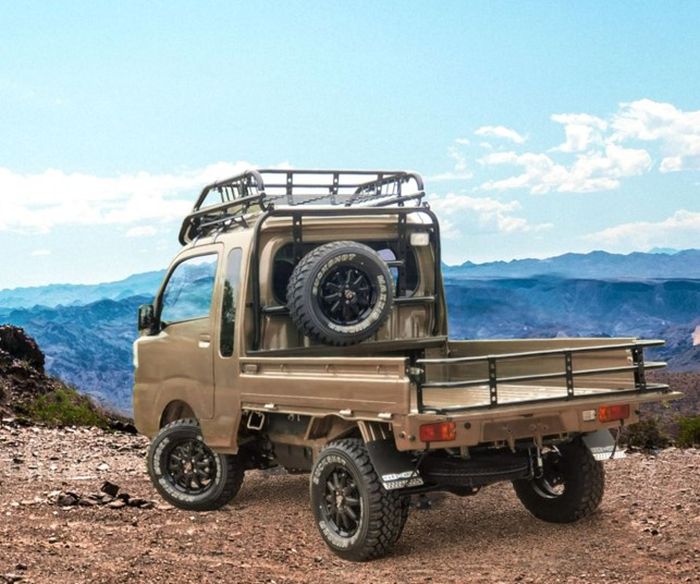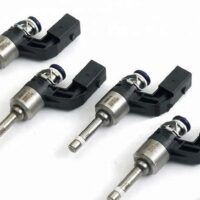There are many options for off-roading, but Japanese mini trucks and UTVs are two of the most widely used options.
Mini trucks offer excellent maneuverability and a relatively low center of gravity, making them ideal for farming, ranching, and use around college and hospital campuses. If you have a job to do, you will prefer a Japanese mini truck.
On the other hand, UTVs are more suitable for blasting down the trails with your friends, sliding through the dirt, and getting nature between your teeth. So, those who are mainly into using their vehicle as a thrill-seeking toy will find UTVs the best option.
Japanese Mini Truck and UTV Compared
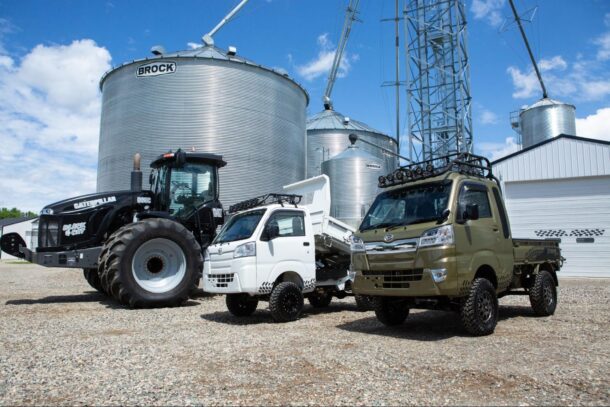
Here below, we have compared Mini Trucks and UTVs based on size & maneuverability, payload capacity, weight capacity, engine power, gas mileage, cargo space, seating capacity, and cost.
Size and Maneuverability
When it comes to size, mini trucks have the advantage. With their compact dimensions, they can maneuver easily in tight spaces, but have space for a comfortable cab and lots of load carrying area. UTVs, on the other hand, are more cramped, have a smaller load bed, and yet are not so much smaller in external dimensions.
Payload Capacity
Mini trucks typically have a higher payload capacity than UTVs. This is both in terms of the amount of weight, but also in terms of the sizes and shapes of loads they can handle.
Although you can get your UTV with a dumping bed, dump mini trucks are a more powerful and better-designed option, if this is a priority for your use case.
Mini trucks are, therefore, typically a better option when transporting heavy loads.
Weight capacity
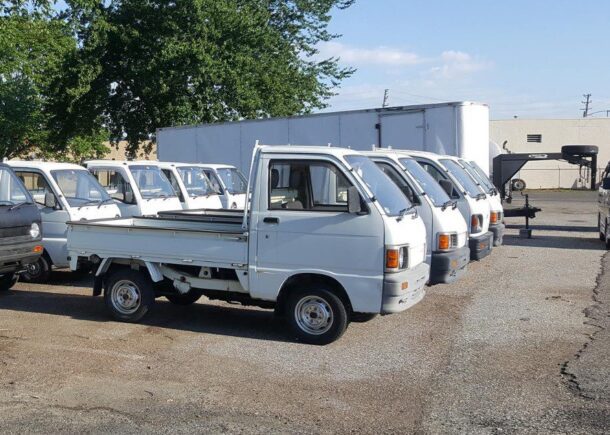
Another area where mini trucks have an advantage is in weight capacity. Although you’ll see Japanese government warning stickers on them stating they can’t take more than 350KG, this is just down to Japanese law, and has nothing to do with the actual ability of the vehicle. Take a mini truck out on the farm, put a round bale in the back, and it’s fine. Or dump 1500lbs all day, if that’s what you need.
This is another area in which the mini truck trounces the UTV. Why? Because it’s a tool not a toy, built for people who have a job to do.
Engine Power
Mini trucks: The average engine size for a mini truck is 660CC. This provides plenty of power for everyday tasks and hauling, as the vehicle itself is so light, and the engine is a sophisticated 12-valve EFi unit.
UTVs: The average engine size for a UTV is around 700cc. This is enough power for most riders, but if you plan on doing some serious off-roading, you may want to opt for a UTV with a bigger engine. Some of the most powerful UTVs have engines that are over 1,000cc.
Gas Mileage
Mini trucks are typically more fuel-efficient than UTVs. They are lighter and smaller, which contributes to this. Additionally, mini trucks typically have engines of lower cubic capacity, which are more fuel-efficient than UTVs.
A typical UTV will get 20 miles per gallon, whereas a typical mini truck is capable of 35 to 40 miles per gallon. And this is an important consideration when you think about how much gas you are going to use over the lifetime of your vehicle. It’s not something people think about up front, but this can save you thousands over the years.
However, it is important to note that mileage will vary depending on the specific model and make of the vehicle.
Cargo Area
When comparing the cargo areas of mini trucks and UTVs, it’s important to consider the purpose of the vehicle. Mini trucks are designed for general transportation, while UTVs are built for off-road recreation.
As a result, mini trucks typically have more spacious and versatile cargo areas. UTVs, on the other hand, often have smaller cargo areas that are better suited for carrying smaller items. For example, mini trucks usually have long beds, and sides that can be flipped down to make loading easier.
It’s crucial to consider your intended use when deciding which kind of vehicle is best for you. A mini truck is likely your best option if you need a vehicle for transporting large items.
Seating Capacity
UTVs typically have bucket seats that will fit two to four people, depending on the model. Some UTVs have additional space in the back for hauling gear.
Mini trucks usually have seats for the driver and passenger, and sometimes a small bench seat in the back, depending on the model. These seats and the interior in general is much closer to the comfortable interior you find in your daily driver pickup than it is to the spartan UTV interior.
Cost
Mini trucks are typically less expensive than equivalent UTVs. That is to say, if you tick the option boxes on your UTV order to try to push the specification up to anywhere near the mini truck’s, then you’ll find the price has soared thousands of dollars above that mini truck price point. If you want to know more about the pricing of particular mini truck models, please visit Mini Truck Depot.
Conclusion
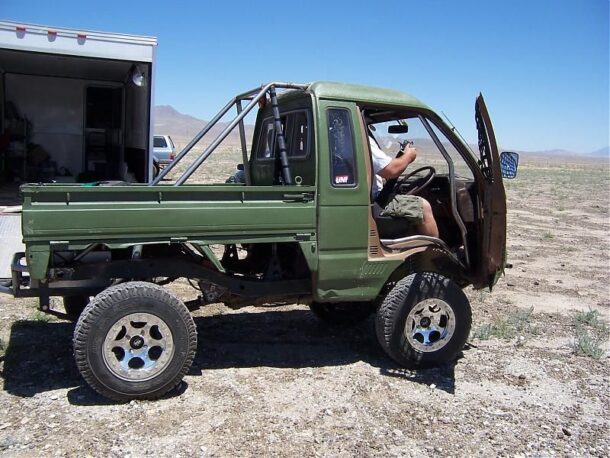
So, what’s the verdict? Which is better – a Japanese mini truck or a UTV? Well, it depends on what you need. If you have a job to do, and you need to do it in relative comfort, the mini truck is definitely the best choice for you.
On the other hand, if it’s the weekend thrills of the off-road trail that you’re looking for, then you’re going to be better off with a UTV side-by-side.
What do you think? Have you had any experience with either of these vehicles? Let us know in the comments!

